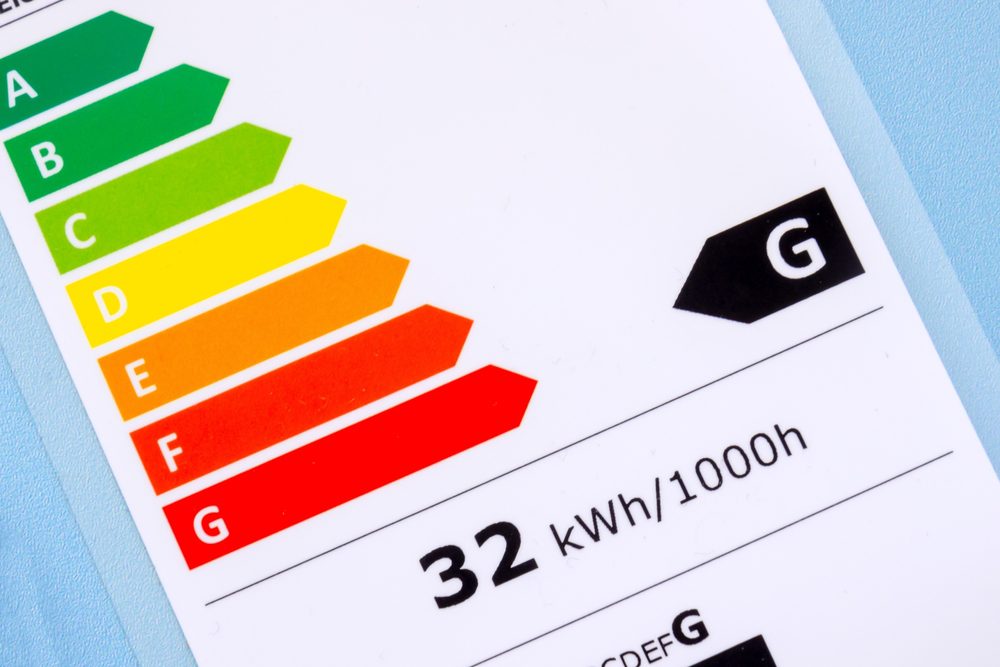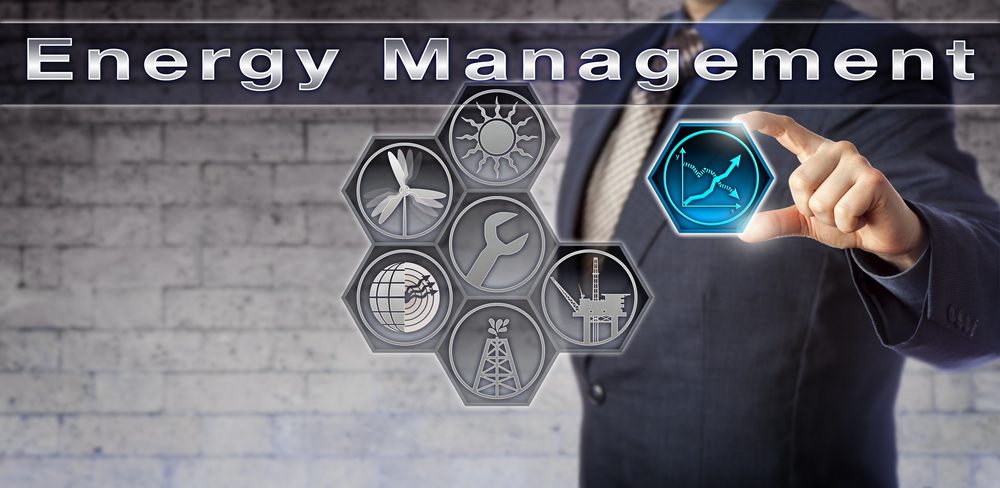I. Introduction
San Francisco, a city that prides itself on leading technological and environmental frontiers, is now embracing a silent yet powerful revolution: the rise of Building Automation Systems (BAS). These systems, integral to the modern built environment, are redefining energy efficiency and operational functionality within the city’s diverse architectural landscape.
The importance of BAS cannot be overstated, particularly in the context of an energy-conscious city like San Francisco. These systems seamlessly integrate various subsystems of a building, such as lighting, HVAC, and security, to create a cohesive and efficient ecosystem. The goal is straightforward yet ambitious: to minimize energy consumption while maximizing occupant comfort and safety.
Connecting BAS to San Francisco’s energy future unveils a promising synergy. As the city grapples with the impacts of climate change and strives to meet its ambitious renewable energy targets, BAS stands as a pivotal technology in this green crusade. Through the following sections, we will dissect the role of BAS in this grand vision, exploring its function, alignment with city initiatives, and potential to forge a sustainable cityscape.
II. Understanding Building Automation Systems (BAS)

BAS are the central nervous system of modern buildings, orchestrating a harmonious operation of mechanical, electrical, and security subsystems. Rooted in the concept of energy management, BAS ensure that every kilowatt-hour is accounted for and every operational process is optimized for efficiency.
Today’s BAS have evolved from rudimentary controls to sophisticated, AI-driven networks capable of predictive maintenance and real-time energy optimization. They employ sensors and actuators, connected through a network, enabling the intelligent control of heating, ventilation, air conditioning (HVAC), lighting, and other building functions.
These systems come in all shapes and sizes, from simple, standalone controls to extensive, multi-faceted platforms managing vast real estate portfolios. They can be tailored to the specific needs of a building, making them versatile tools in the quest for energy efficiency.
III. San Francisco’s Energy Landscape
Nestled within its iconic hills and coastal fog, San Francisco has long been on the frontlines of energy innovation. The city’s current energy usage showcases its dedication to creating a sustainable future. Initiatives such as SF Environment’s Zero Waste Program and CleanPowerSF, which offers residents and businesses cleaner energy options, underscore a comprehensive strategy to mitigate environmental impact.
Coupling these initiatives with the integration of renewable energy sources, San Francisco is committed to a transition that confronts the global climate challenge head-on. This commitment is encapsulated in the city’s aim to supply 100% renewable energy to all residents and businesses by 2030, a goal that positions it as a leader in urban sustainability efforts.
IV. Role of BAS in Energy Efficiency
The contribution of BAS to energy efficiency is multifaceted and profound. By providing precise control and monitoring of building systems, BAS can drastically reduce energy consumption. A study published in the journal Energy and Buildings found that the implementation of BAS could lead to significant reductions in energy use.
In practice, BAS achieve these savings through a variety of means. When it comes to HVAC automation, for instance, a BAS can analyze occupancy patterns and weather forecasts to adjust temperatures, reducing energy usage during off-peak hours. This smart regulation is crucial in cities like San Francisco, where the climate can change significantly throughout the day.
Additionally, smart lighting controls ensure lights are dimmed or turned off in unoccupied spaces, while advanced security systems can integrate with HVAC and lighting for enhanced energy savings. Each of these examples showcases the BAS’s role as a cornerstone in the development of energy-smart buildings.
V. BAS and San Francisco’s Green Building Code
The Green Building Code of San Francisco exemplifies the city’s firm commitment to environmental stewardship. This code mandates that new construction and major renovation projects meet stringent sustainability criteria, including energy efficiency and water conservation.
In meeting these standards, BAS plays a central role. The San Francisco Planning Department outlines specific performance benchmarks that many buildings achieve through the adoption of BAS. These systems help buildings meet and exceed the required standards by optimizing energy consumption and reducing waste.
Real-life examples of BAS integration in San Francisco include the Salesforce Tower and the LinkedIn San Francisco building. Both structures use BAS to maintain sustainable operations, serving as case studies for the successful implementation of the Green Building Code.
VI. Future Prospects: BAS in San Francisco’s Energy Future
As San Francisco marches toward a renewable energy future, the potential of BAS becomes increasingly evident. The integration of these systems into the fabric of the city’s infrastructure offers a blueprint for energy savings on a grand scale.
The widespread adoption of BAS has the power to significantly shift the city’s energy consumption patterns. Predictive analytics and machine learning embedded within modern BAS can fine-tune energy use, ensuring that buildings not only consume less power but also contribute to the stability of the energy grid by managing demand more effectively.
In this context, BAS is not just a tool for individual buildings; they are integral components of a smart city ecosystem, fostering a collaborative relationship between structures and energy providers. The integration of BAS with renewable energy systems furthers this symbiosis, creating buildings that not only consume less but can also produce and share energy.
VII. Benefits and Challenges of BAS Adoption

Adopting BAS offers a plethora of benefits—the most tangible being reduced energy bills and a substantial decrease in carbon emissions. From an operational standpoint, BAS can lead to increased building longevity due to the optimal use of various systems, and improved comfort and productivity for occupants.
However, challenges in adopting BAS do persist. Initial installation and retrofitting costs can be prohibitive, and the sophistication of these systems requires skilled professionals for design, installation, and ongoing maintenance. Despite this, incentives such as the California Solar Initiative and technological advancements are easing these barriers, making BAS more accessible and appealing.
VIII. Conclusion
In essence, the integration of BAS within San Francisco’s buildings represents a vital aspect of the city’s energy blueprint. Through innovative policies and a community ethos rooted in sustainability, BAS adoption is not only encouraged but increasingly becoming the norm.
As the city edges closer to its sustainability goals, the role of BAS will only grow in significance. It’s a journey of transformation where every watt saved by these systems propels San Francisco towards a greener, more resilient energy future. It is, therefore, imperative that all stakeholders, from policymakers to building owners, continue to drive the adoption of BAS. The actions taken today will determine the sustainability of tomorrow’s San Francisco, shaping a legacy of innovation and environmental responsibility for future generations.
VertPro.com serves as a resourceful platform for property owners and managers seeking to enhance their buildings’ energy efficiency. The site offers a range of services, including Commercial Energy Audits, Benchmark Compliance consultancy, and a Construction Marketplace. At the heart of VertPro® is a suite of SaaS technology-based solutions designed to assist in navigating the complexities of Energy Benchmarking and Energy Audits/RCx Plus, while ensuring adherence to over 60 Energy Benchmarking and Energy Efficiency Laws across the country.
For those looking to improve their property’s energy usage and operational value, VertPro.com provides a diverse array of tools and information. The site aims to facilitate a better understanding of energy efficiency practices and legislation, helping building owners and property managers make informed decisions about their energy strategies while complying with all energy ordinances and laws.





 Are you a building owner in San Francisco? If so, don’t miss the energy benchmarking report deadline! Every year, owners of non-residential buildings over 10,000 square feet can participate in energy benchmarking. The goal is to assess energy performance and decrease energy use with energy efficiency upgrades. All energy benchmarking reports must be completed by June 1st in order to comply with the regulations set by the California Energy Commission and receive their Energy Star Score. Using the data gathered from this report, owners will have all the information they need to identify energy-saving opportunities in their facility and make meaningful investments to improve energy efficiency. Get started today on meeting this important deadline for your energy benchmarking report!
Are you a building owner in San Francisco? If so, don’t miss the energy benchmarking report deadline! Every year, owners of non-residential buildings over 10,000 square feet can participate in energy benchmarking. The goal is to assess energy performance and decrease energy use with energy efficiency upgrades. All energy benchmarking reports must be completed by June 1st in order to comply with the regulations set by the California Energy Commission and receive their Energy Star Score. Using the data gathered from this report, owners will have all the information they need to identify energy-saving opportunities in their facility and make meaningful investments to improve energy efficiency. Get started today on meeting this important deadline for your energy benchmarking report! Here is what you should consider when complying with San Francisco benchmarking:
Here is what you should consider when complying with San Francisco benchmarking: